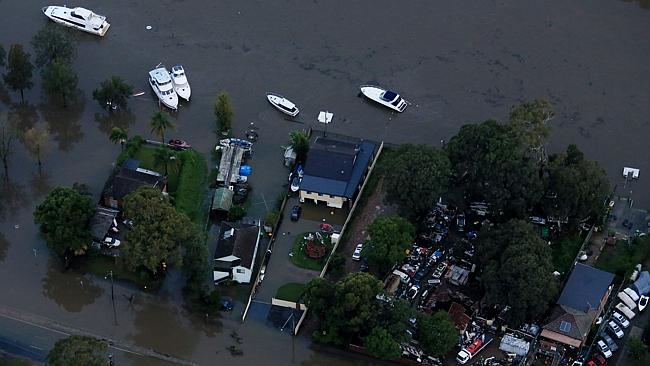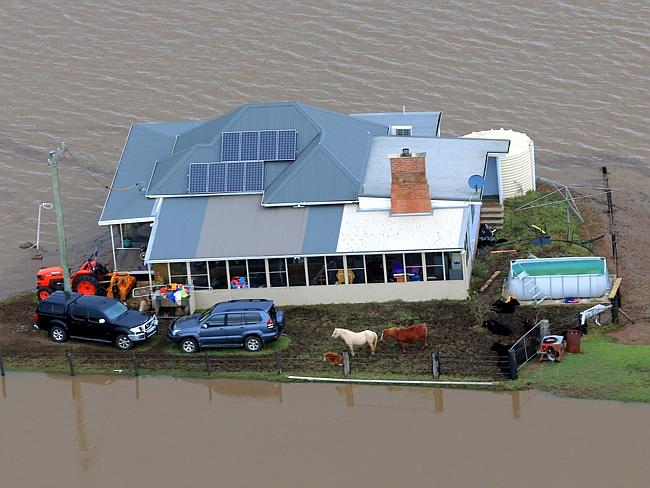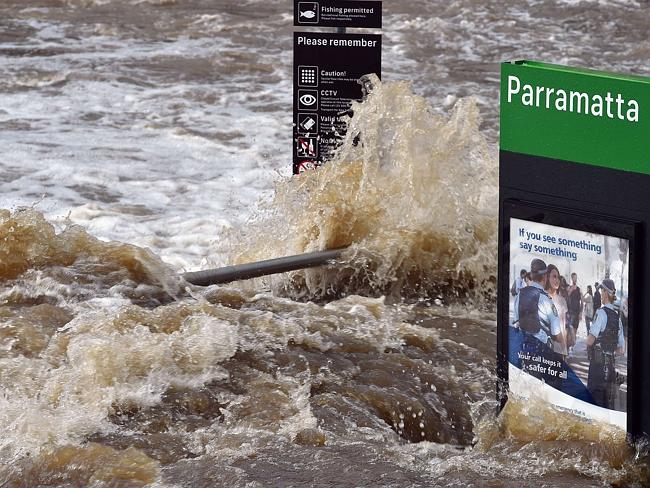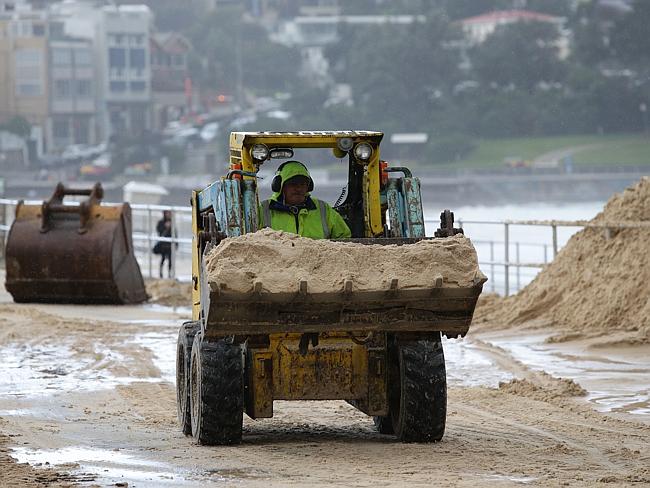NSW storms are a sign of things to come, climate scientist warns
DEVASTATING storms in NSW are a sign of things to come as global temperatures rise, a climate scientist has predicted.
Professor Matthew England from the Climate Change Research Centre says the destructive storm that’s devastated areas of Sydney and regional areas including the Hunter Region and Maitland, came in line with global warming trends, and it’s the kind of weather event we better get used to.
“Records are being broken far more often than they should be,” Professor England told news.com.au.
“These 100 year events are happening more frequently and this storm is just one statistic of many.”
Referring to the 2007 east coast low that hit the Newcastle area, and the devastation of the Brisbane floods in 2011 that was repeated last year, Professor England said there was a clear trend in repeat disasters.
“All around the world we’re seeing the return period of storms, heatwaves … the return periods are shortening and it’s consistent with what we’re seeing with global warming.”
Professor England said while the frequency of storms aren’t guaranteed to increase, there were three clear reasons why they’re going to be more intense.
“A warmer climate means more energised storms, the sea level is higher so we’re in a situation where the storm surge tends to be that much more impactful because it’s smashing into the coast with a higher sea level, and with more moisture in the atmosphere there’s more of a chance of higher rainfall events,” he said.
Aside from the environmental effects, Professor England said people were starting to recognise the effects of global temperatures in other areas.
Damage caused by the four-day storm that NSW is just starting to recover from is expected to run to hundreds of millions of dollars.
The NSW State Emergency Service (SES) has logged 14,860 calls since Monday morning, with emergency crews only about halfway through the backlog, while the damage bill stands at $161 million and is set to rise.
Insurers had received 24,250 claims by 10am on Thursday from people and businesses affected by storm and flood damage in Sydney, the Illawarra and Hunter Valley this week.
“These aren’t just scientific facts, it’s having an impact on livelihood,” Professor England said.
About 115,000 homes and businesses, including 65,000 in the Hunter Region, are still without power after wild weather ravaged NSW earlier this week.
Flooding, road closures and fallen trees are making it difficult for crews to access sections of the weather-affected network. About 40,000 homes and businesses are without power on the Central Coast and around 10,000 on Sydney’s northern beaches.
Floodwaters are receding across much of NSW but about 2000 people who remain isolated might have to stay put for days to come.
NSW Premier Mike Baird, who toured drenched townships in the Hunter on Thursday, said it was likely to be a long time before those affected were back on their feet.
“Homes, cattle — this whole landscape has been completely and utterly devastated,” Mr Baird said in Maitland after a helicopter trip above the region.
“I don’t think many of us can imagine circumstances where our life is literally washed away …
“Personal possessions, all your memories are lost in an instant.”
There have been more than 150 flood rescues this week.
SES teams are ferrying food and medical supplies to more than 1800 people in the communities of Hinton and Gillieston Heights, where great-grandmother Anne Jarmain died after her car was washed off a roadway on Wednesday morning.
Four people died in the storms with fatal accidents caused by floodwaters and road accidents due to weather conditions, doubling that toll.
Deputy State Emergency Operations Controller, Assistant Commissioner Alan Clarke, has urged people to remain vigilant in the clean up.
“The effects of the clean-up can be just as dangerous as the floods themselves and we are appealing to the communities impacted by the floods to take all precautions and listen to emergency service agencies,” he said.
Source: www.news.com.au






